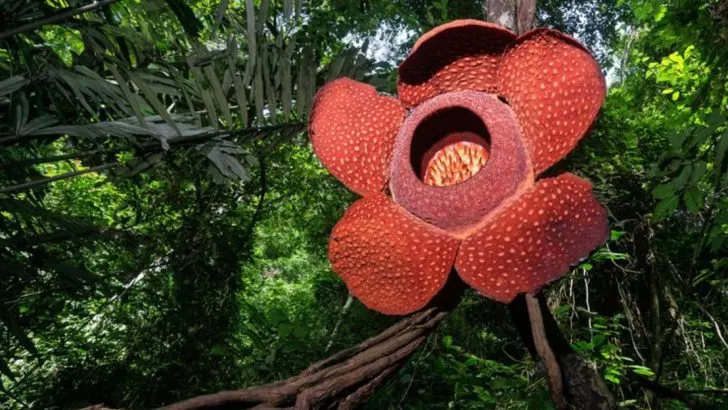At first glance, you might think you’re looking at a butterfly, a pair of lips, or even a snake’s skin. But take a closer look — these are just plant leaves. Nature has a wild sense of humor, and these plants prove it with leaves so bizarre, beautiful, or oddly familiar that they’ll make you do a double take.
Some mimic animals to protect themselves. Others evolved into strange shapes for survival. And a few? No one’s really sure why they look the way they do — but they’re absolutely mesmerizing.
Whether you’re a seasoned plant lover or just in it for the eye candy, these 16 leaves are like little surprises waiting to be discovered. Get ready to question everything you thought you knew about greenery.
Sensitive Plant Leaf
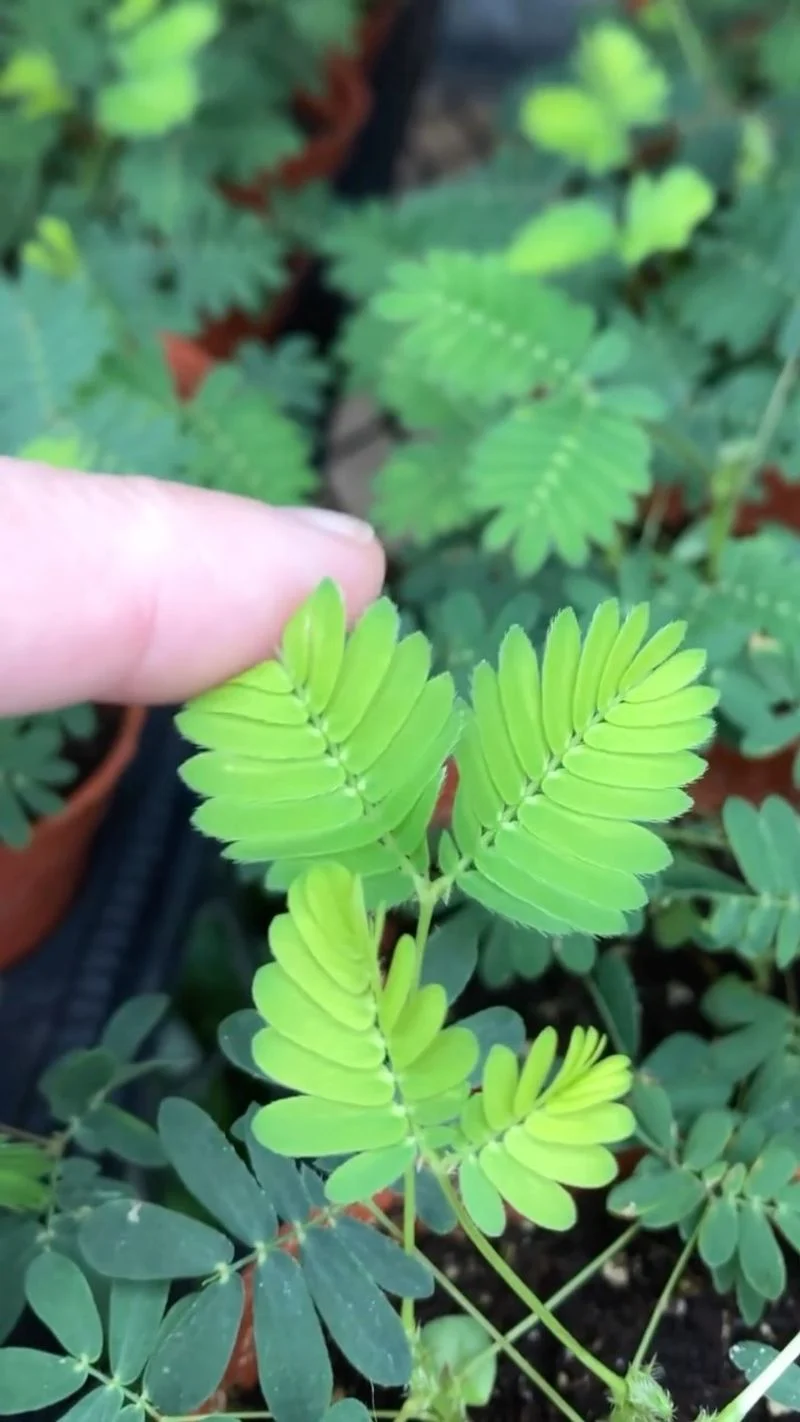
The sensitive plant’s leaf has a party trick that never fails to amaze. Touch it gently, and it folds up, imitating the movements of a living creature. This fascinating behavior serves as a defense mechanism, deterring herbivores by mimicking the appearance of a less appetizing organism. In a garden setting, it becomes an interactive experience for curious minds. Whether young or old, witnessing this leaf’s rapid response is truly an unforgettable encounter. With origins in South America, the sensitive plant has made its way into homes worldwide, captivating plant lovers with its unique performance.
Leaf Insect Mimic
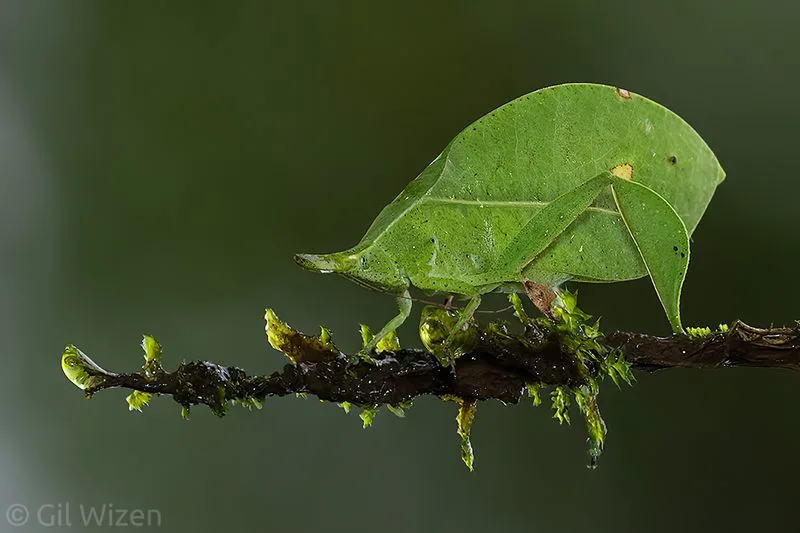
Not all leaves are what they seem, especially when it comes to the leaf insect. This master of disguise goes beyond resemblance, embodying the essence of a leaf down to the tiniest details. It flutters and sways as if caught in the wind, adding to its mimicry. Perfectly camouflaged against real foliage, predators struggle to spot this living leaf. Originating from the rainforests of Southeast Asia, the leaf insect has intrigued scientists and nature enthusiasts alike with its unparalleled ability to blend in.
Rafflesia Leaf Look-alike
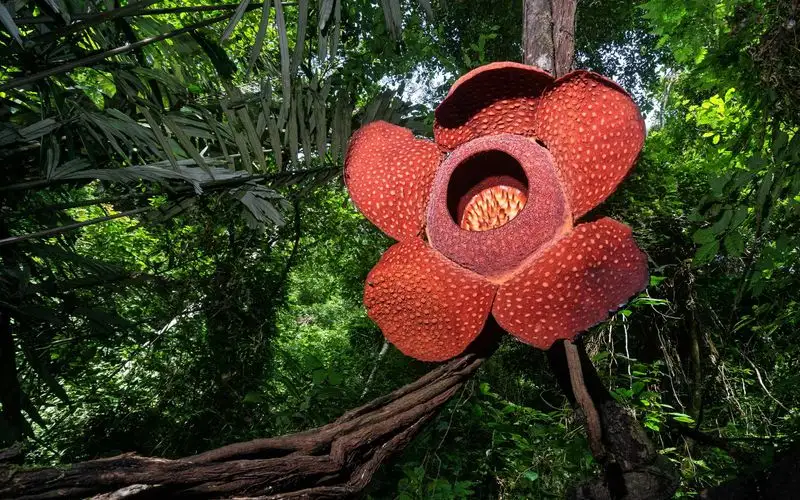
Among the dense foliage of the rainforest, the rafflesia’s leaves create a stunning visual deception. Unlike typical leaves, these mimic the petals of its monstrous flower, blending seamlessly with their vibrant reds and oranges. It’s a clever strategy to attract pollinators while remaining hidden from hungry herbivores. Found in the rainforests of Southeast Asia, the rafflesia’s parasitic nature and unique leaf mimicry continue to intrigue botanists. The unexpected beauty and deception of this plant make it a true marvel of nature, inspiring awe and curiosity.
Helicopter Plant Leaf
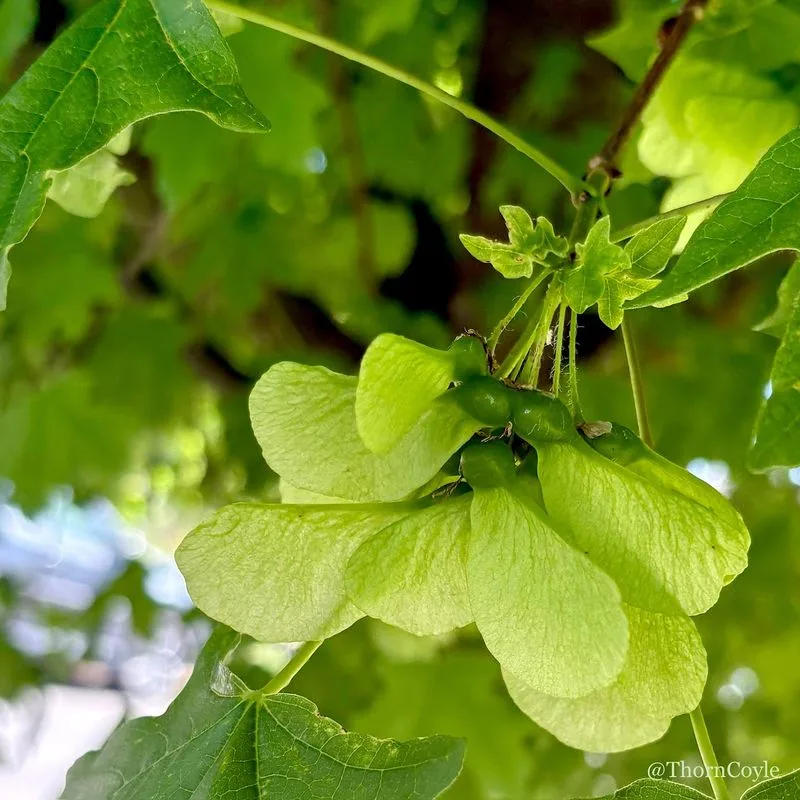
The helicopter plant’s leaves are a spectacle to behold, spiraling downward with grace and ease. This aerodynamic design isn’t just for show; it aids in seed dispersal by mimicking the propeller of a helicopter. As the leaves twirl, they carry seeds far and wide, ensuring the plant’s legacy continues. Commonly found in Australia, this plant adds a touch of whimsy to gardens and landscapes. Watching these leaves dance in the wind is a simple pleasure that never gets old, captivating both young and old alike.
Bat Plant Leaf
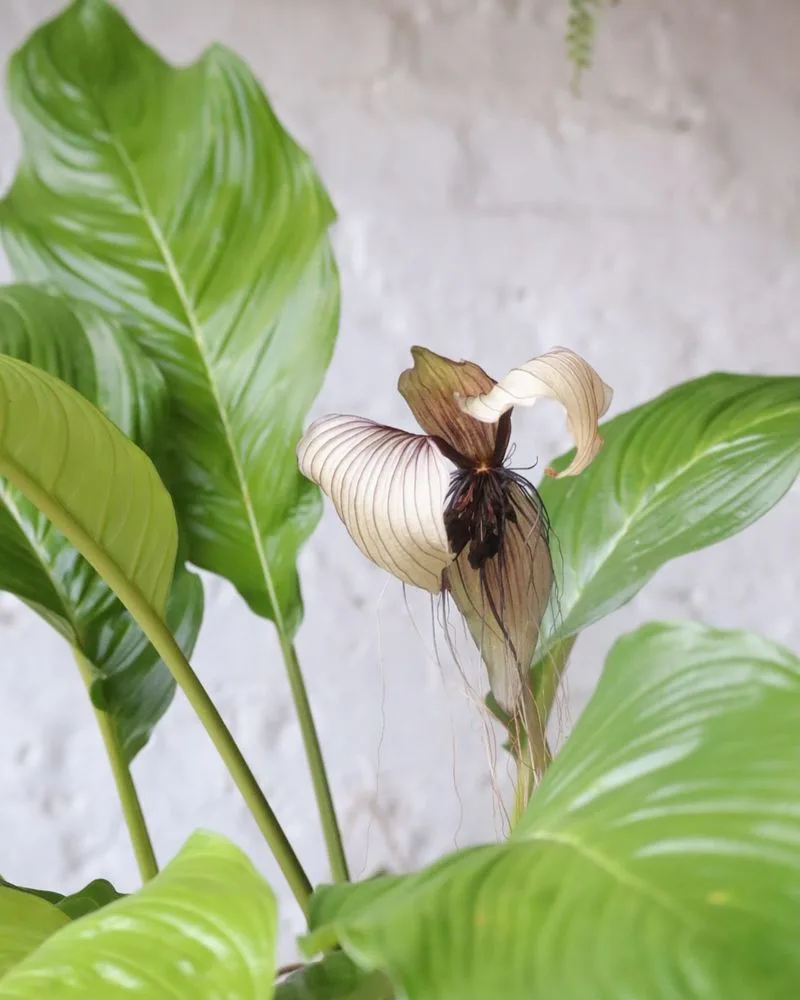
In the dim light of a tropical garden, the bat plant’s leaves take on a life of their own. Resembling the wings of a bat, they add a mysterious allure to any space. This plant’s gothic appearance is only heightened by its equally intriguing flower, which mirrors the silhouette of its leaves. Native to Southeast Asia, the bat plant thrives in shaded, humid environments. Its captivating presence and unique leaf shape make it a favorite among plant collectors and goth culture enthusiasts.
Venus Flytrap Leaf
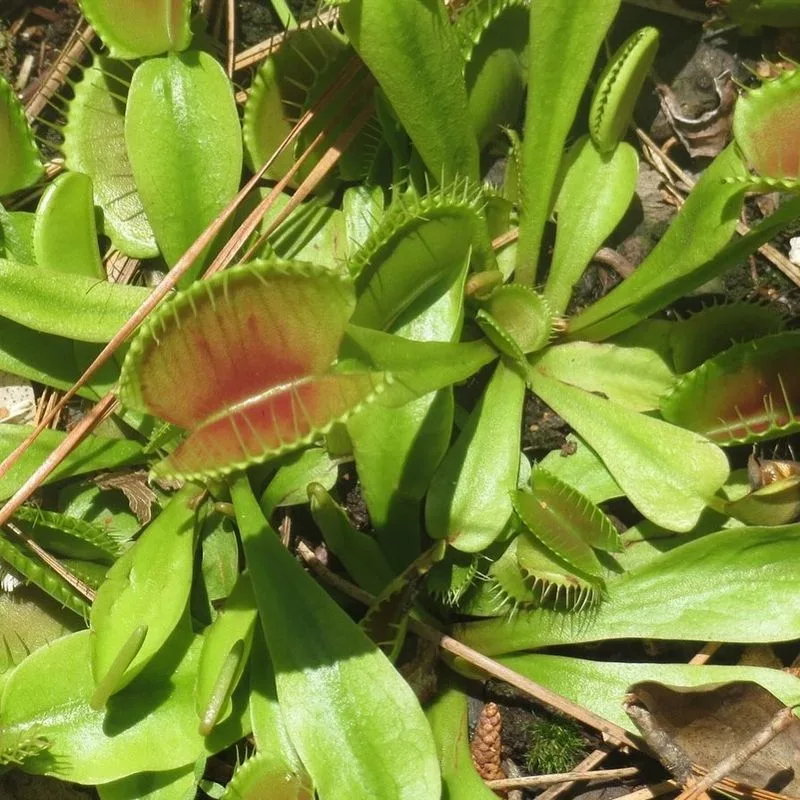
Carnivorous by nature, the venus flytrap’s leaves are nothing short of a marvel. Each leaf resembles a tiny, toothy mouth, ready to snap shut on unsuspecting prey. This unique adaptation allows the plant to thrive in nutrient-poor soils by capturing and digesting insects. Found in the wetlands of North and South Carolina, the venus flytrap’s leaf design is both functional and fascinating. With its alien-like appearance, it adds an element of excitement to any plant collection.
Fishbone Cactus Leaf
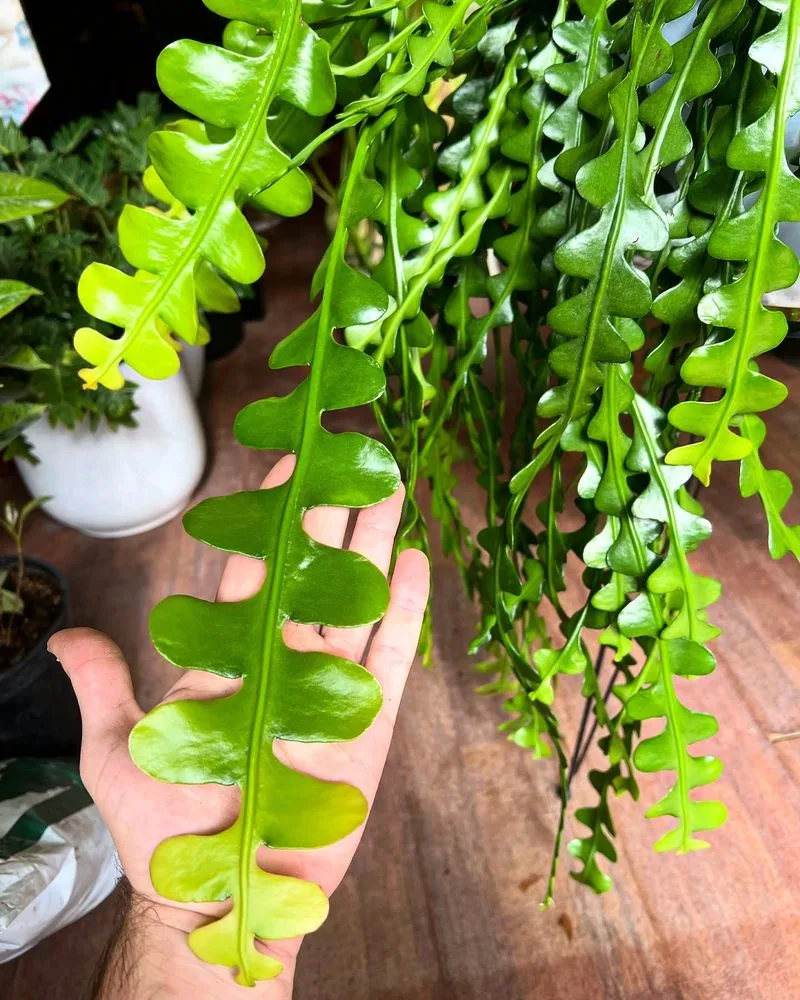
An ode to the ocean, the fishbone cactus boasts leaves that mimic the intricate pattern of a fish skeleton. These long, zigzagging leaves create a striking visual in any room, adding an unconventional touch to home decor. Native to the rainforests of Mexico, this cactus thrives in indirect light, making it an ideal indoor plant. Its quirky leaf shape and low-maintenance nature make it a popular choice for modern homes. The fishbone cactus is a reminder of the beauty found in nature’s oddities.
Pineapple Plant Leaf
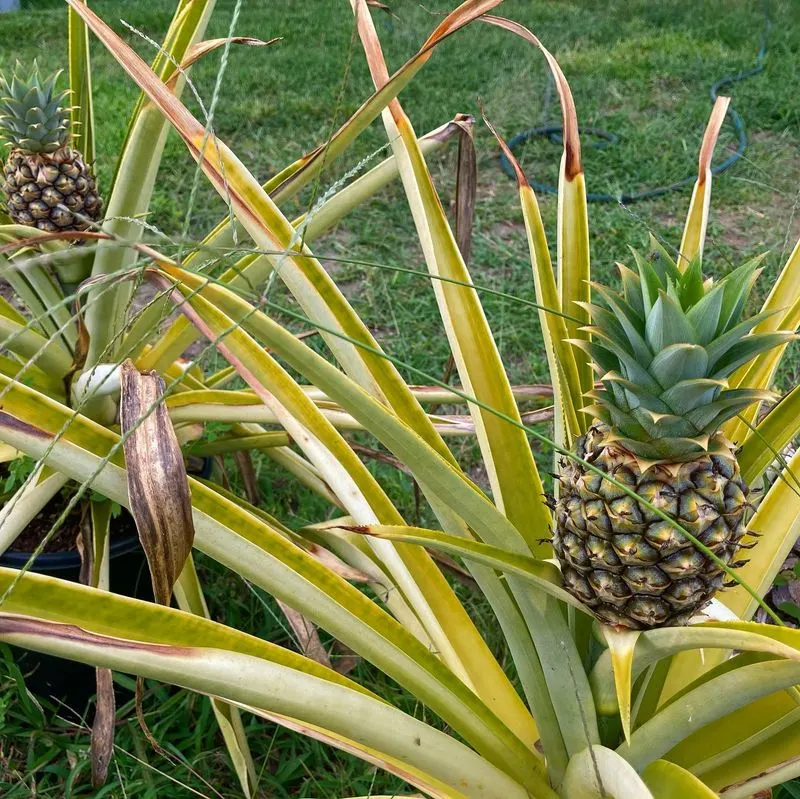
Spiky and bold, the pineapple plant’s leaves mirror the top of its namesake fruit. These long, pointed leaves are not just for show; they play a crucial role in protecting the fruit from pests. Originating from South America, the pineapple plant is now a staple in tropical gardens worldwide. Its distinctive leaves and sweet fruit make it a beloved addition to any landscape. The juxtaposition of sharp leaves and juicy fruit offers a delightful contrast in nature’s design.
Monstera Leaf
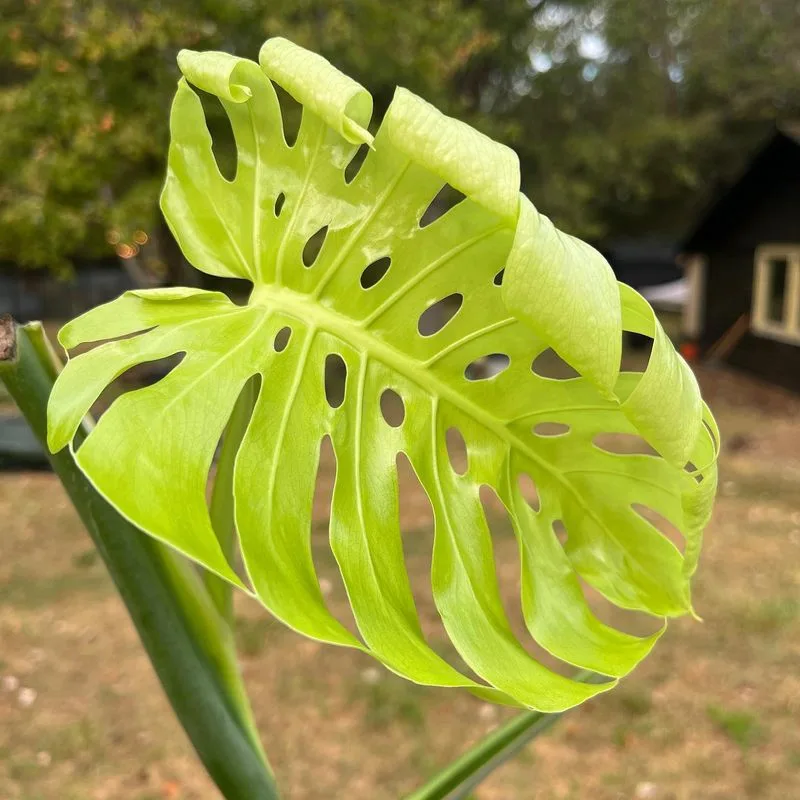
The monstera leaf is an architectural masterpiece, with its large, fenestrated design that instantly catches the eye. These natural holes and splits allow light to filter through, creating mesmerizing patterns of shadow and light. Native to Central America, the monstera thrives in humid environments, making it a popular choice for indoor spaces. Its unique leaf structure not only adds a touch of elegance but also serves a practical purpose, allowing the plant to withstand strong winds and heavy rains in its natural habitat.
Buddha’s Hand Leaf
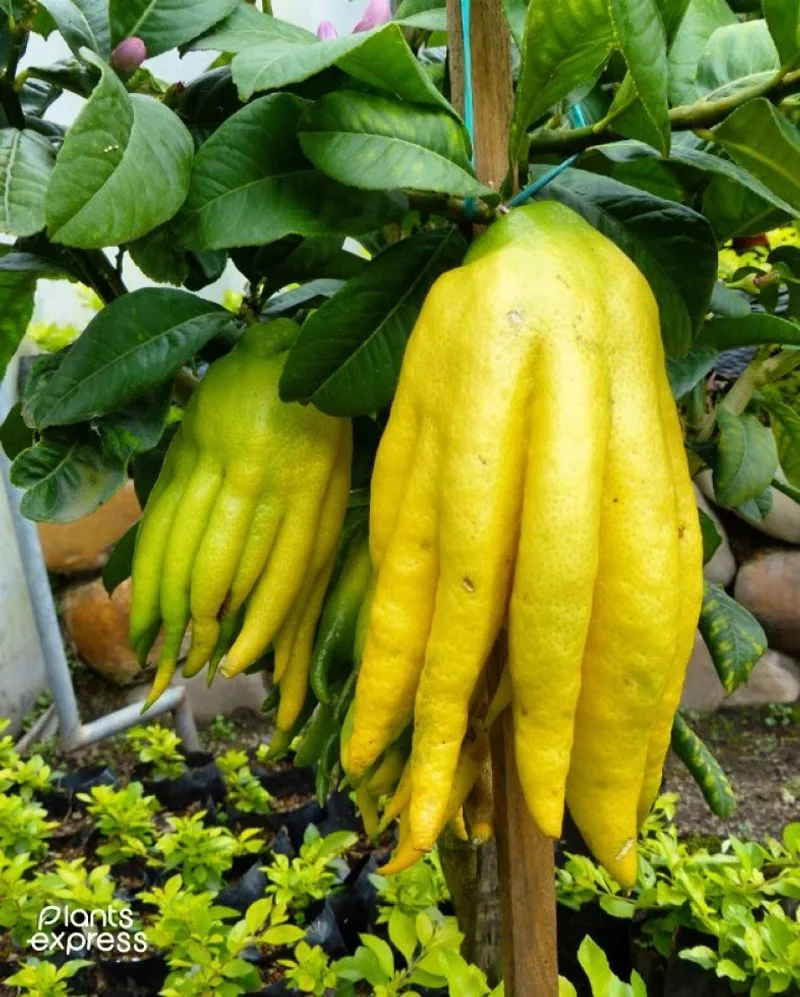
The Buddha’s hand fruit tree captivates with leaves that mirror the elongated, finger-like shape of its unique fruit. These leaves add a touch of mystique to gardens, evoking a sense of peace and contemplation. Native to China and India, the Buddha’s hand is often used in religious ceremonies and as a natural air freshener. Its citrus fragrance and unusual leaf form make it a standout in any horticultural setting. The plant encourages mindfulness and reflection, drawing inspiration from its namesake’s teachings.
Lobster Claw Leaf
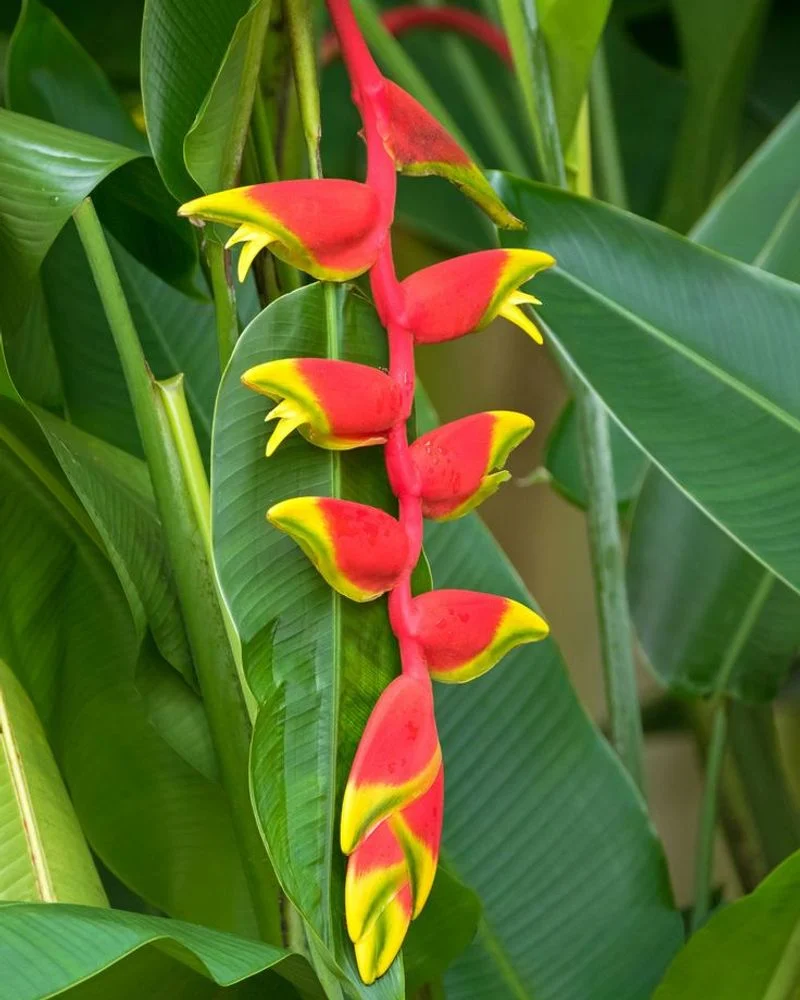
A vivid display of color, the lobster claw plant’s leaves resemble the pincers of its namesake crustacean. These vibrant red and yellow bracts are not true leaves but modified structures that attract pollinators. Native to Central and South America, the lobster claw thrives in tropical climates, adding a splash of color to any garden. Its unusual leaf shape and striking hues make it a favorite among those seeking to create a bold landscape statement. The plant’s lively appearance is a feast for the eyes.
Elephant Ear Leaf
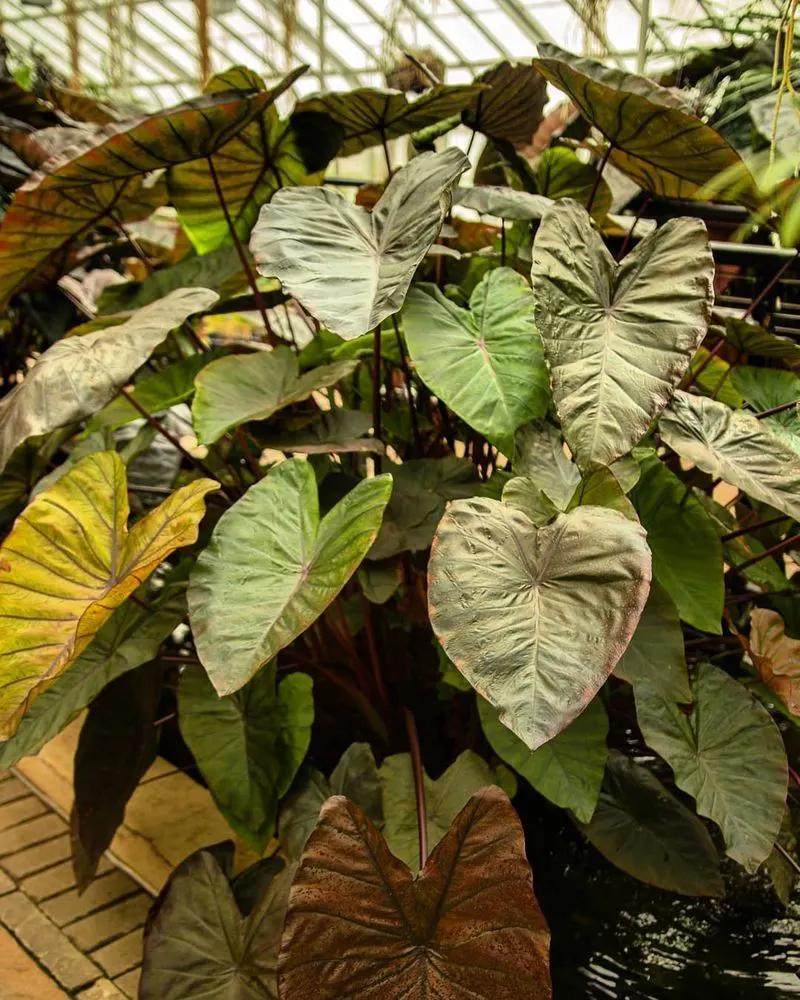
Towering over other foliage, the elephant ear’s leaves are a sight to behold. Their enormous, heart-shaped design creates a lush canopy that provides shade and shelter for smaller plants. Native to Southeast Asia, these leaves are not only visually impressive but also serve a vital ecological role. They help retain moisture and support a diverse array of wildlife. The elephant ear’s striking appearance and functional design make it a versatile choice for both gardens and natural habitats.
Tulip Tree Leaf
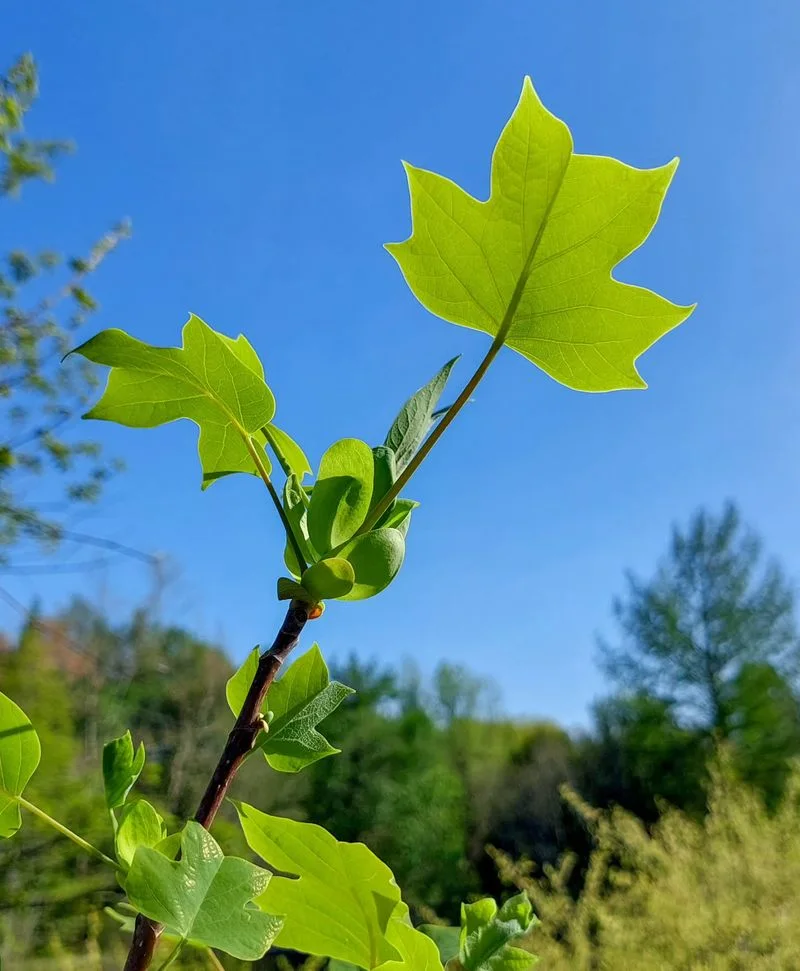
Resembling the flower it’s named after, the tulip tree’s leaves are a unique spectacle. With their distinct tulip shape, these leaves add an elegant flair to gardens and parks. During autumn, they transform into a brilliant array of yellows and golds, creating a breathtaking display. Native to North America, the tulip tree is cherished for its fast growth and stately form. Its leaves are not only aesthetically pleasing but also play a role in supporting local ecosystems by providing food and habitat for wildlife.
Pitcher Plant Leaf
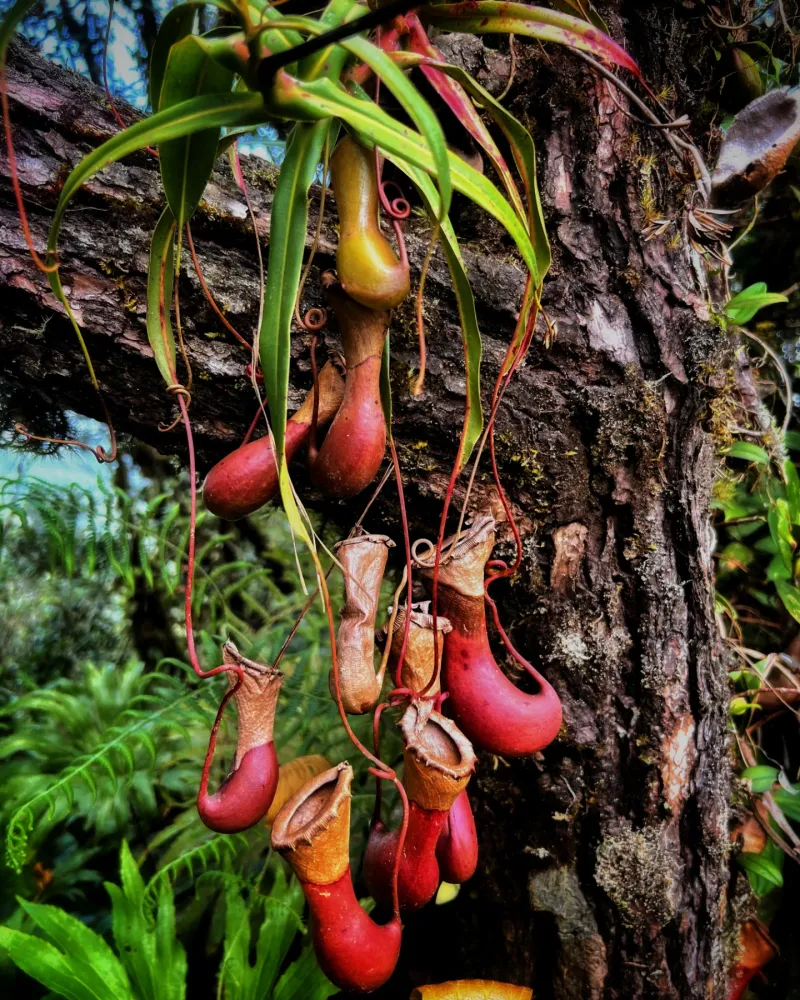
The pitcher plant’s leaves are a testament to nature’s ingenuity, evolving into tubular shapes that serve as insect traps. These leaves, often filled with rainwater, lure insects with their sweet nectar. Once inside, the prey is unable to escape, providing the plant with essential nutrients. Found in nutrient-poor soils of bogs and wetlands, the pitcher plant’s leaf structure is both fascinating and functional. Its striking appearance and carnivorous nature make it a captivating subject of study and a unique addition to any plant collection.
Peacock Plant Leaf
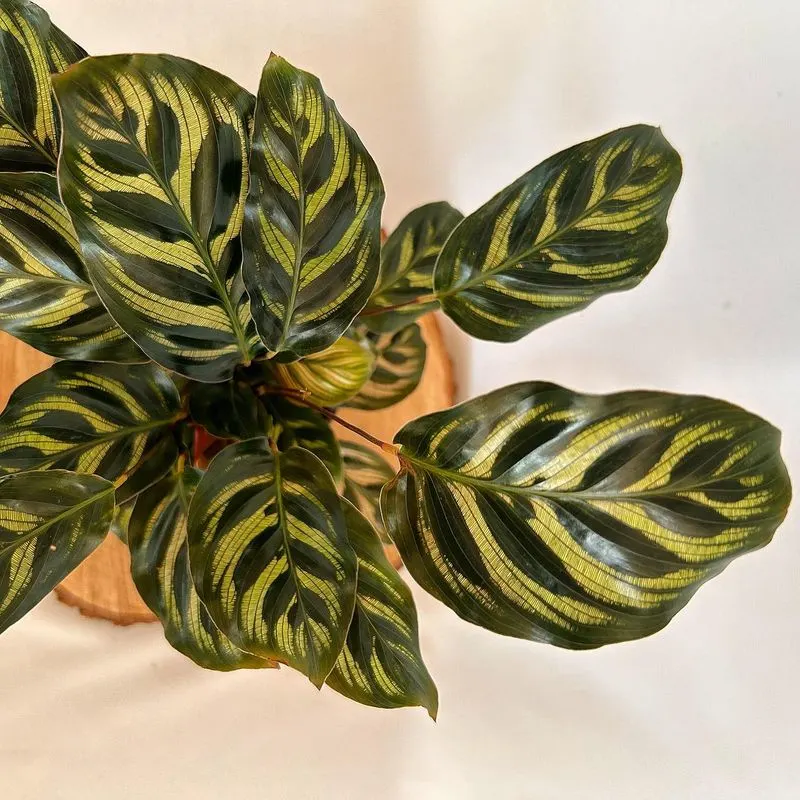
The peacock plant earns its name from the vibrant, feather-like patterns on its leaves. Each leaf showcases an array of colors, from deep greens to striking purples, reminiscent of a peacock’s plumage. This plant thrives indoors, adding a touch of tropical elegance to any space. Native to the rainforests of Brazil, it prefers humidity and indirect light. The peacock plant’s unique leaf design and eye-catching appearance make it a popular choice among indoor gardeners. Its beauty serves as a reminder of the artistry found in nature.

